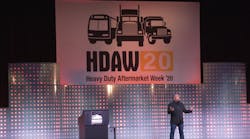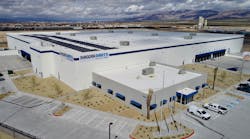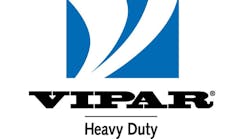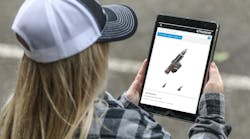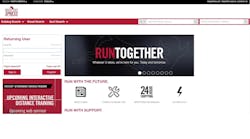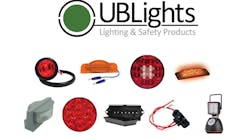Rochester Hills, MI-based Bosch Rexroth has announced it is working with the Dept. of Public Works’ Bureau of Sanitation for the City of Los Angeles to study the benefits of hydraulic hybrid technology in their refuse truck fleet. The project involves Bosch Rexroth's proprietary Hydrostatic Regenerative Brake (HRB) system, which the company said “captures a vehicle's braking energy and converts it to energy for propulsion.”
To get the study under way, two liquid natural gas (LNG) trucks in the fleet will be outfitted with vehicle data acquisition systems to monitor real-world operating conditions, said Bosch Rexroth. New West Technologies will analyze the data and provide Bosch Rexroth with truck duty cycle data.
The most important data, the company pointed out, will be vehicle speed profiles, engine operating maps and operating characteristics as these can help determine the appropriate sizing for the hydraulic components along with a control strategy to capture the maximum amount of regenerative braking energy to reuse later for vehicle propulsion.
“As a first step, we're working closely with the city to determine their operating routes, examining their truck duty cycles and determining what benefits can be
expected from the HRB system,” said Michelle DuHadway, business development account manager for Bosch Rexroth. “'Once we have the calculation results we will decide on next steps for implementing the HRB setup.'”
According to Bosch Rexroth, fleets such as refuse haulers using hydraulic hybrid powertrains have a “high potential for success” to reduce fuel consumption and emissions along with reducing operating and maintenance costs and improving performance.
The Rexroth HRB system (pictured above schematically) uses a hydraulic pump/motor, connected to the driveline, to capture kinetic energy during vehicle braking. This energy would otherwise be lost as heat in the vehicle's friction brakes, the company pointed out. When braking, the pump/motor acts as a pump, absorbing energy from the driveline and imparting a retarding force on the drive wheels. The absorbed energy is used to pump hydraulic fluid into an accumulator containing inert gas that’s compressed by the incoming fluid. During acceleration, the pressurized gas pushes fluid out of the accumulator and the pump/motor acts as a hydraulic motor-- assisting the engine and reducing the fuel required to launch the vehicle.
“'We think hydraulic hybrid technology shows a lot of promise,” said LA Board of Public Works president Cynthia Ruiz. “We're anxious to see how the system will work on our LNG trucks. We're always looking at technologies that can offer additional fuel and emissions savings,”' she added.

